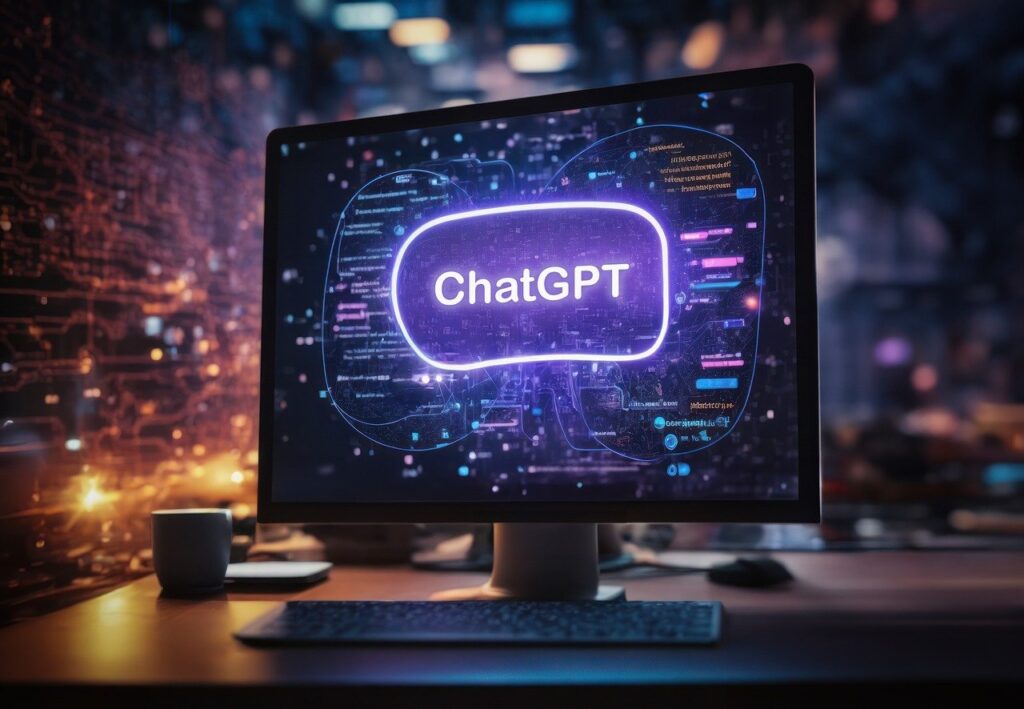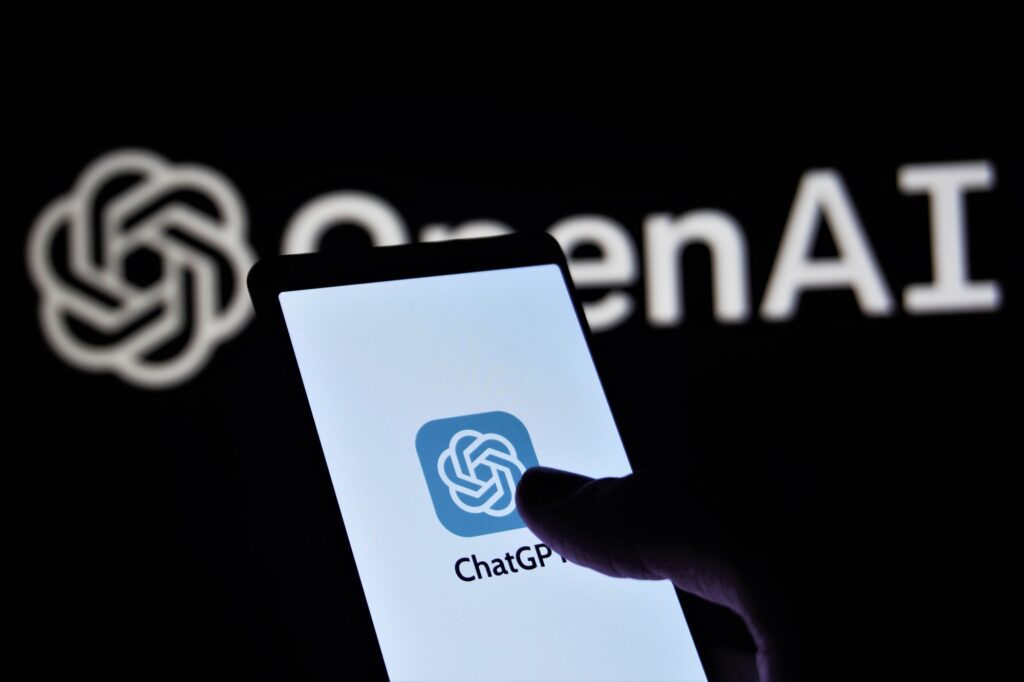Artificial intelligence keeps accelerating — and the chatter about the next big leap, ChatGPT-5, is louder than ever. Whether you’re a creator, product manager, developer, educator, or just curious, understanding what a new generation of large-scale conversational models may bring is essential. This long read walks through realistic expectations for ChatGPT-5: likely technical improvements, practical applications, business and societal effects, and the ethical and regulatory questions organizations must prepare for.
Why a new generation matters
Every major iteration of large language models (LLMs) has offered more than incremental gains. Improvements are often multiplicative: better reasoning enables new products; better multimodality opens different forms of creativity; improved safety and steering change how companies deploy models at scale. Even if ChatGPT-5 isn’t a magic bullet, a meaningful upgrade could reshape workflows, product roadmaps, and even business models.
What technical advances to expect
While the exact architecture and design choices are proprietary, several plausible improvements are likely:
1. Stronger reasoning and long-context understanding
Models that can keep state over longer conversations (tens or hundreds of thousands of tokens) let users manage complex projects inside one session — from drafting a book chapter with references to iteratively designing multi-stage code and tests.
2. Better groundedness and factuality
Improved retrieval-augmented generation (RAG) pipelines, tighter citation habits, and fact-checking subsystems may reduce hallucinations and help the model provide verifiable answers with source attributions.
3. Deeper multimodality
Expect more natural interaction across text, images, audio, and video. That could mean the model analyzes screenshots, edits images, summarizes meeting videos, or generates multi-track audio in one prompt.
4. Fine-grained control & behavior steering
New interfaces for “personality” or “role” configuration — letting teams constrain tone, formality, factual strictness, or legal/ethical boundaries — will make the model safer and more useful in enterprise settings.
5. Efficiency & on-device capabilities
Model distillation and hybrid inference solutions (cloud + edge) can enable low-latency, privacy-preserving use cases on phones and desktop apps, opening offline or semi-offline product scenarios.
6. Enhanced safety guardrails
Better content filters, adversarial-robust safety alignment, and real-time monitoring will be expected to reduce misuse, biased outputs, and privacy leaks.
Suggested : What is AI ChatGPT? A Comprehensive Guide to Artificial Intelligence Chatbots
Killer applications: where ChatGPT-5 could shine
Creative production at scale
Writers, designers, and marketers will be able to iterate far faster: from story arcs to high-fidelity visuals, music stems, and final-ready copy — all in a shorter loop.
AI copilots for knowledge work
Imagine a legal assistant that drafts contracts, highlights risky clauses, suggests precedent, and annotates sources — or a research co-pilot that reads hundreds of papers, synthesizes evidence, and produces reproducible analysis.
Education & personalized tutoring
Adaptive tutors that diagnose misconceptions, generate scaffolded problems, and simulate Socratic dialogues for students across subjects and levels.
Software engineering acceleration
Beyond code generation, a new model could maintain project context, run unit tests, propose architecture changes, and explain trade-offs between frameworks — helping teams ship with fewer bugs.
Multimodal customer service and accessibility
Chatbots that understand voice, images, and documents simultaneously — enabling faster claim processing, automated form filling from photographed documents, and richer accessibility tools for users with disabilities.
Economic and business impacts
Productivity boosts and new business models
Enterprises will likely deploy AI to automate routine tasks, compress time-to-market for content, and scale customized experiences. Subscription models, per-use pricing for high-value generation, and revenue split platforms for creators will surge.
SMBs and democratization
More accessible AI tools will let smaller companies compete with larger incumbents on personalization and service. However, managing vendor lock-in and data dependence will be a strategic concern.
Labor market shifts
Expect reskilling demand in areas like AI prompt design, model auditing, and AI governance. Some tasks (routine drafting, first-pass coding) may shrink; roles emphasizing oversight, creativity, and human judgment will grow.
Risks, harms, and governance
Hallucinations and misinformation
Even advanced models can invent plausible-sounding falsehoods. Relying blindly on outputs for medical, legal, or financial advice is dangerous. Enterprises must layer verification steps and human oversight.
Bias and social harms
Training data contains historical biases. Without continuous auditing and remediation, outputs can reinforce stereotypes or discriminate subtly.
Privacy and data security
Using customer or sensitive data with powerful generative models creates leakage risk. On-device inference and strict data handling contracts are part of the mitigation playbook.
Automation of harmful activity
Advanced models lower barriers to generating phishing emails, disinformation, or automated cyber-attacks. Detection tools, platform policies, and law enforcement collaboration are crucial.
Concentration risk
If a few companies control the most capable models and exclusive APIs, power concentrates — affecting competition, innovation, and geopolitics. Open models and interoperable standards can ameliorate this risk.
How organizations should prepare today
1. Experiment with guardrails
Pilot projects with rigorous logging, human-in-the-loop checks, and red-team testing will reveal real-world failure modes.
2. Define acceptable-use & escalation policies
Create clear rules for what AI can and cannot do in your workflows — e.g., drafting only with a human reviewer for legal documents.
3. Invest in data hygiene
Curate and version training/retrieval datasets; classify sensitive sources and enable selective redaction.
4. Build monitoring & provenance
Store model inputs/outputs, detect drift, and capture provenance so you can audit decisions and attribute source claims.
5. Prioritize employee reskilling
Train teams on prompt engineering, AI literacy, and model risk management — skills that will be increasingly strategic.
The regulatory horizon
As capabilities climb, so will regulation. Expect governments to focus on:
- Transparency (model labels, provenance)
- Safety standards for high-risk sectors (health, finance, aviation)
- Privacy compliance with stronger data-usage audits
- Liability frameworks for harm caused by AI systems
Proactively designing for compliance will reduce friction and lower legal risk.
The human factor: augment, don’t replace
The biggest gains come when AI amplifies human creativity and judgment — not when it simply replaces people. ChatGPT-5 will be most valuable in hybrid workflows where humans set intent, the model proposes options, and humans make the final call. That combination preserves accountability and plays to each side’s strengths.
Final thoughts
ChatGPT-5 (whether that exact name or a different next-generation model) is less a single product than a platform shift. Expect better reasoning, multimodality, and efficiency — but also fresh governance and ethical challenges. Organizations that pair thoughtful experimentation with strong oversight will capture the benefits while minimizing harms.
If you’re planning content, product features, or internal pilots, start small, measure rigorously, and build for explainability. The future of AI isn’t merely about smarter models; it’s about smarter humans using smarter tools.








